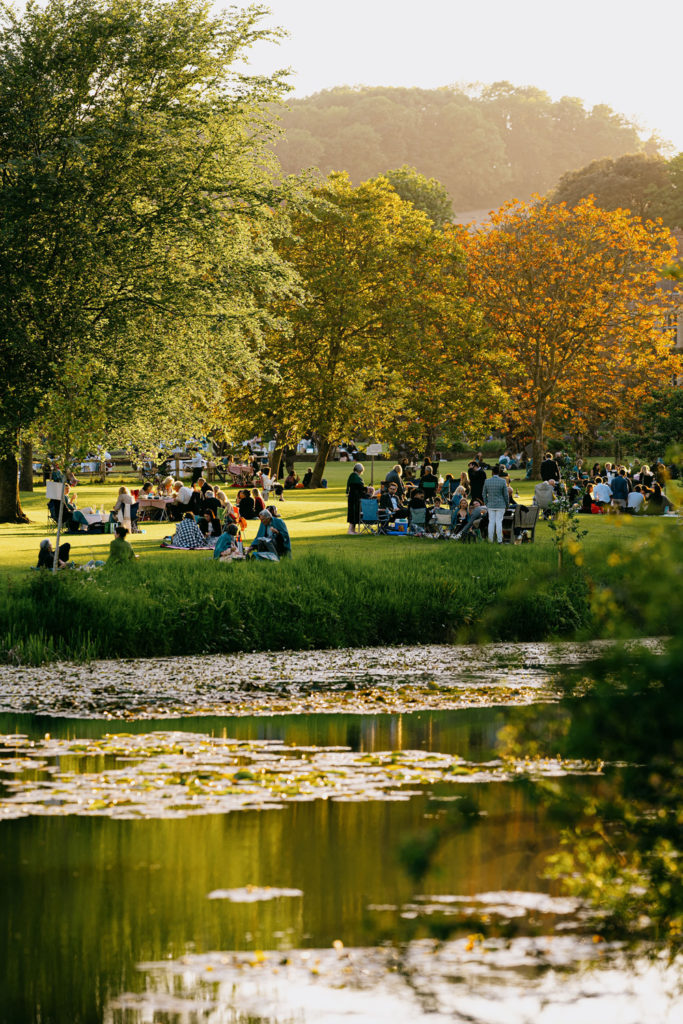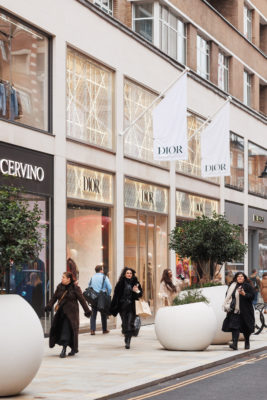
Rosebie Morton’s Gardening Guide: How To Prune Roses
By
2 months ago
Top tips from the founder of The Real Flower Company
If you’re wondering how to get stuck into gardening this February, here’s everything you need to know: Rosebie Morton, founder of The Real Flower Company, shares her top tips on how to prune your roses.
February Gardening Guide: How To Prune Your Roses
February is the month to grab that moment when the sun is making a brief appearance and venture outside. However, if you’ve had anything like the rain that Hampshire has in the past few weeks, the ground is so waterlogged that it’s a challenge to remain upright!
This is the perfect month for pruning roses. There’s huge mystique attached to this task, but it really doesn’t have to be very complicated; armed with a sharp pair of secateurs (blunt ones will do more harm than good), follow these simple rules to prune your roses like a professional.
All newly planted roses, regardless of type (climbers, bush or shrub), get treated the same in their first year. Prune them down to between three and five buds (this is the small bump where a leaf would meet the stem) from the base of the plant, removing any dead, diseased or dying (the 3 Ds!).
The rules change when it comes to more established roses, but the principles are the same: you’re trying to create an open rose bush with strong stems in a vaselike shape, allowing maximum air flow and light to encourage healthy growth. With modern bush and floribunda roses, you prune them in the same way as a newly established rose.
There is an old adage which states that you should get your enemies to prune your roses – in other words, the harder you hit them, the happier they are! So, prune these types back to the three to five buds (as above), having gotten rid of the 3 Ds. Ideally, you want to prune to an outward facing bud, a few milimetres above the bud and at a 45-degree angle. This will stimulate growth away from the centre of the bush, producing strong stems and a nicely shaped rose.
Shrub roses follow the same principles, but you may not want to cut them back so hard, since the whole point of a shrub is that it contributes a sense of structure to your garden borders. That said, it will still benefit from cutting it back by about a third to a half of its growth to avoid it losing all its shape.
Climbers after the initial year follow different rules, although the same logic. A plant’s instinct is to grow to the light, so left to its own devices it will grow straight up. Therefore, it’s important to train some of the stems horizontally in a fan shape. These lateral stems will produce this year’s flowers.
As the climber matures each year, prune at least one stem down to three to five buds from the base, to encourage strong growth. Cut out any wispy and spindly growth, which won’t produce any flowers.
Once you’re happy with the shape of your rose, clear all the prunings away and then give the plant a handful of slow-release fertiliser, avoiding getting too close to the stems. Finally, a mulch around the plant will help to suppress weeds and hold moisture for the drier months to come.






